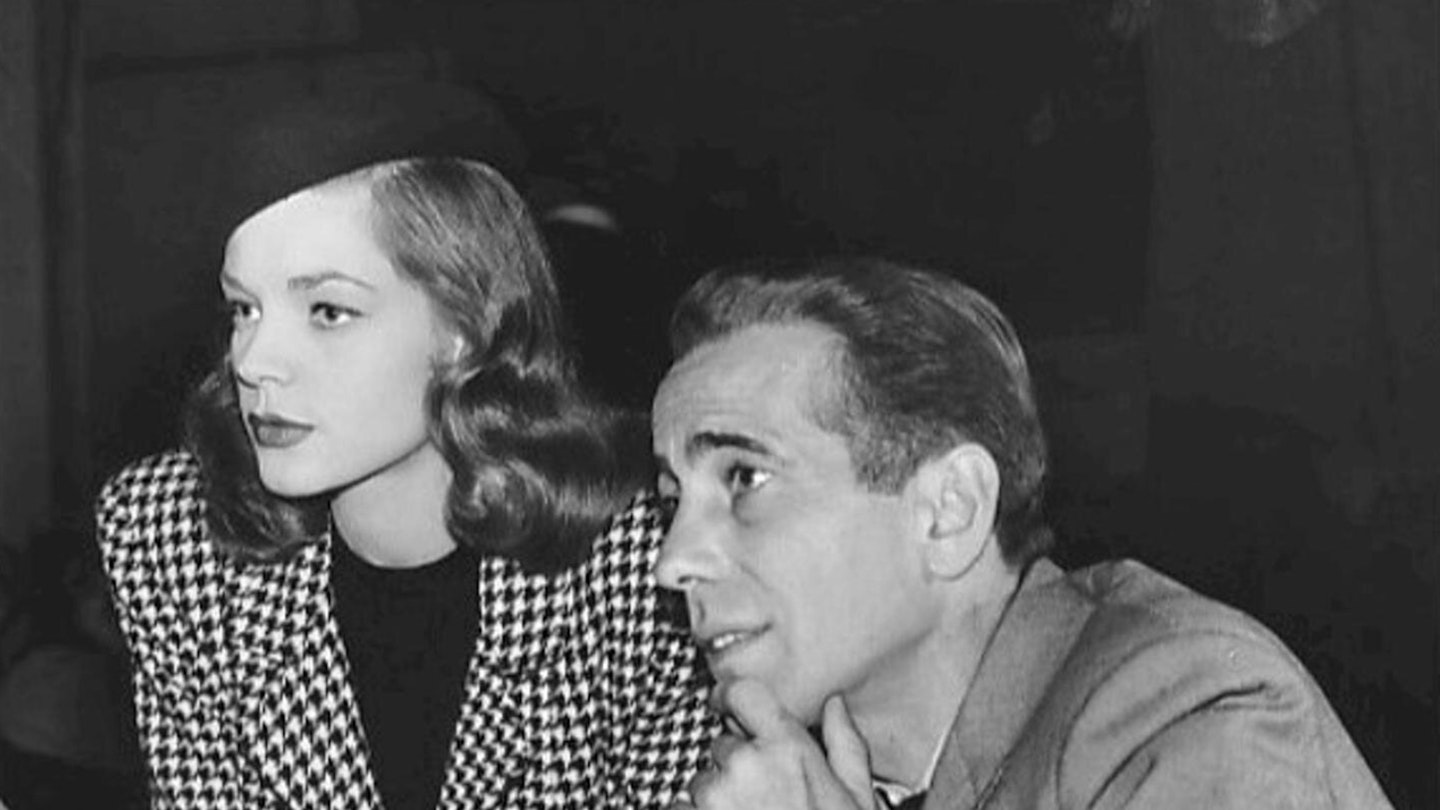Humphrey Bogart was no ordinary movie star. He was, and still is, an icon: Hollywood’s Golden Age in fedora-sporting, gun-toting, cigarette-smoking form. He chalked up nearly 80 features in just over 25 years, including several timeless classics, and his world-weary features and lazy New York drawl are instantly recognisable. Naturally, then, he’s already been the subject of numerous documentaries, but Kathryn Ferguson’s new study claims to take a different approach: this is ‘Bogie’ in his own words – either in archive footage or spoken by an actor – and the words of those closest to him. (In truth, modern-day critics and scholars fill in a few gaps, providing welcome context but negating the film’s USP somewhat.)

Opening with his star-studded funeral (Dietrich, Peck, Niven and Reagan can all be glimpsed), Ferguson’s film spools back to Bogart’s childhood, and from thereon tells his story in linear fashion, from a childhood spent with an emotionally distant mother to his eventual death from oesophageal cancer aged 57. En route, his remarkable life took in a rollercoaster acting career, four marriages to actresses of varying temperaments (he himself was not the easiest person to live with), a lengthy and very public battle against a government committee determined to out him as a Communist, and far more drama than we can mention here.
Ferguson skips through all this with a light, assured touch. Her film’s zippy runtime leaves you dizzy by the end, and if you’re after a whirlwind overview of Bogart’s life, this is as enjoyably breezy as they come. But the trade-off is a lack of depth: significant movies are mentioned, but the bulk of a fascinating filmography is overlooked. A version of Bogie’s personality that acknowledges a dark side is put across, but the film – sanctioned by his estate – doesn’t dwell on it too much. And while his story is framed by the tumultuous events of the time (the Depression, two world wars and the Cold War all shaped his life and career), all of these contexts would be better served by individual episodes in a warts-and-all TV series. What’s here is an excellent, highly watchable primer, but its subject is just too big to be contained within 100 minutes.
